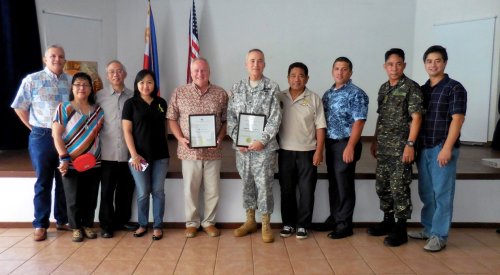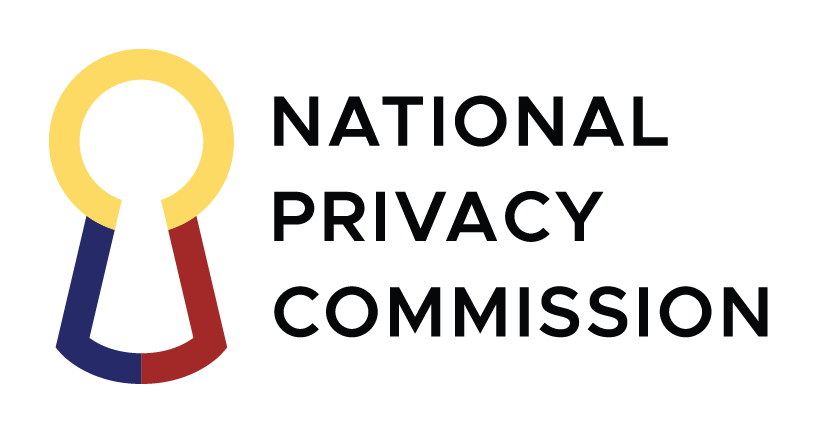
The Philippine Consulate General in cooperation with the Hawaii National Guard, Office of the AFP Liaison Officer to USPACOM led by Capt. Rey T. Dela Cruz, and the Oahu Filipino Community Council (OFCC) led by Rev. Alex Vergara, hosted the first Disaster Risk Reduction and Management (DRRM) Seminar on 10 October 2015 at the Philippine Consulate General in Honolulu. The resource speakers were Brigadier General Bruce Oliveira of the Hawaii National Guard (HNG) and Mr. Kevin Richards of the Hawaii Emergency Management Agency (HEMA).
Mr. Richards presented the Hawaii Hazards Awareness & Resilience Program (HHARP), whose goal is to enhance community resilience to multiple hazards through a facilitated education and outreach program that promotes hazard understanding and awareness, and offers tools and information resources to guide hazards mitigation, disaster preparedness, disaster response, and recovery.
Mr. Richards said that the HHARP program leverages existing agency activities and Hawaii-specific resources. For example, he noted that the PCG regularly meets with Filipino community leaders and is also conducting contingency planning of its own. He said that PCG could tie up with the HHARP through a partnership.
Gen. Oliveira on the other hand, said that the consular outreach services that the PCG conducts in the other islands could be an opportunity to introduce HHARP. He said that the HNG needs to bring hazards and disaster awareness to the other islands. Gen. Oliveira said that during a disaster, the community should not wait for the HNG to come to the rescue. The community should be capable of caring for itself during and after natural hazard events, and restoring basic structures and functions within a relatively short period of time. The community should be equipped to deal with the negative human health, environmental, and economic impacts that are common after a disaster.
Mr. Richards said that the HHARP recognizes that “building resilient communities” is an ongoing process. The program would be implemented through community facilitators who will maintain a dialogue between the communities and program administrators. (END).

